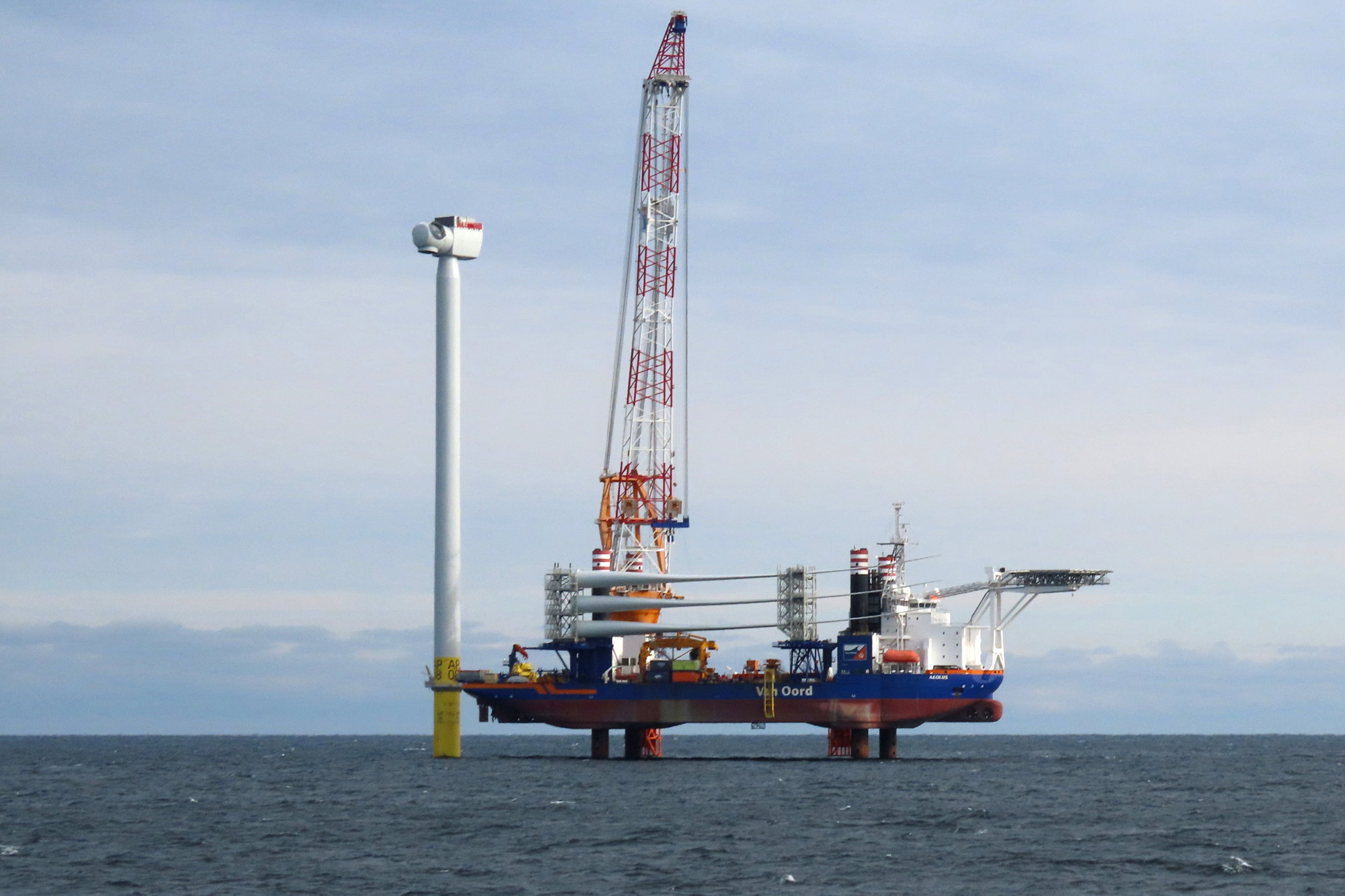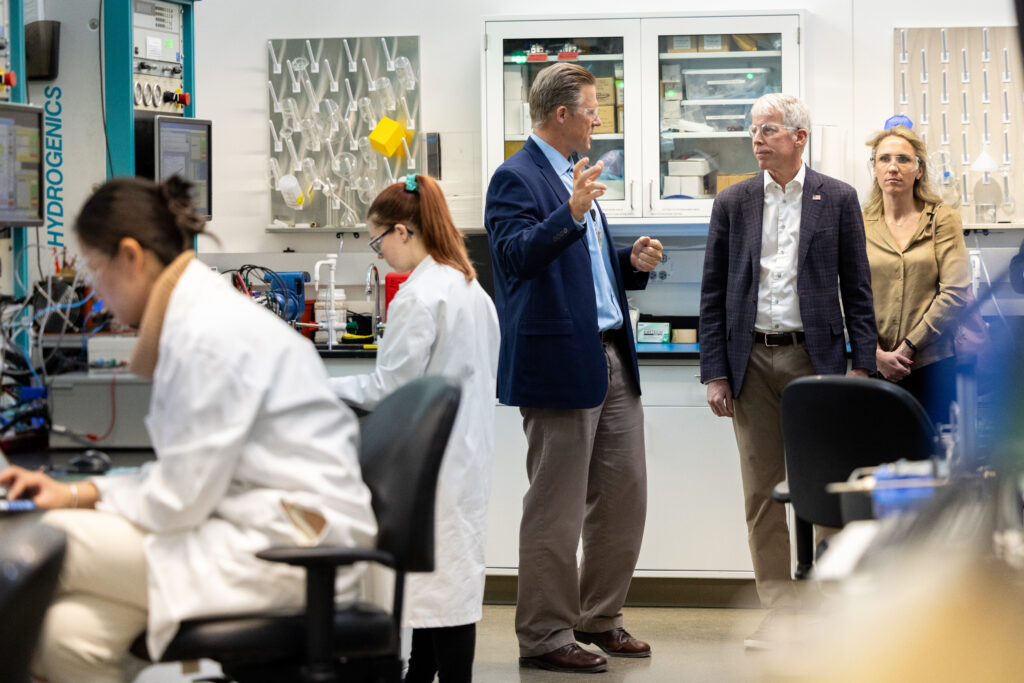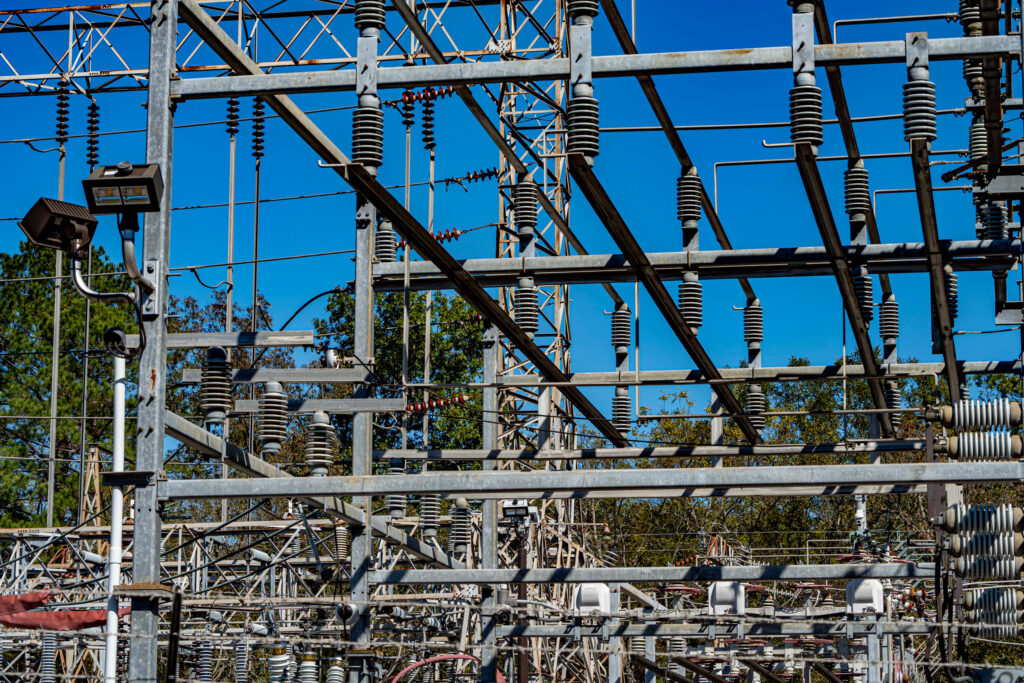Optimists about the shift to clean transportation often talk about a double benefit: Electric vehicles have almost zero emissions and soon they also will be less expensive than their gasoline counterparts.
But the idea of the inevitability of cheaper EVs took some hits last year as the average price of lithium-ion batteries increased. Analysts reassured us that the price surge was due to short-term factors, and that the long-term trend of price decreases would likely resume in 2023.
They were right.
Bloomberg NEF issued its annual battery price report this week, showing a global average price of $139 per kilowatt-hour for a lithium-ion battery pack, which is down from $161 in 2022 and lower than any year on record.
The report predicts prices will continue to decline, reaching an average of $113 in 2025 and $80 in 2030.
The average would fall below $100 for the first time in 2027. That value is important because it’s the level the auto and battery industries have long identified as the approximate point at which an electric vehicle will cost about the same as an equivalent gasoline vehicle.

The reality is more complicated as pricing varies by country, vehicle style and many decisions that automakers make. But it is accurate to say that the market is quickly moving toward a point at which EVs are less expensive than equivalent gasoline vehicles.
I spoke about the report with Evelina Stoikou, an energy storage analyst for BloombergNEF and the report’s lead author.
“It’s an interesting year,” she said. “Historically, battery price declines were largely attributed to technological innovation. And this year, it’s not that this is not the case, it’s just that it’s not the biggest factor. The biggest factor that drove the price decline is dropping raw material costs.”
Lithium is among the raw materials whose costs have fallen by a lot in 2023.
Another factor is that the demand for batteries has been less than some companies’ expectations, even though that appetite has grown, she said.
She is hinting at the malaise among some automakers who have said their EV sales are not growing fast enough. I wrote a few weeks ago about how General Motors and Ford plan to slow the pace of their EV ramp-up because of concerns that demand is not high enough to justify the previous plans. Tesla also has raised some financial concerns as it prepares to release the Cybertruck.
But Stoikou emphasizes the need to appreciate nuance in this market. For example, even with the headwinds described by some automakers, EV sales are on pace to meet BloombergNEF’s forecast, which called for substantial growth in 2023. (Cox Automotive has a breakdown of U.S. sales through the first nine months of this year, showing major growth.)
The problems are not with overall sales numbers, globally or in the United States, but with specific automakers and models. In some cases, automakers are not selling certain models fast enough, leading to an oversupply on dealer lots. In other cases, price competition has harmed the profitability of some models.
One of the big challenges is that many car dealers are not on board with selling EVs. They face a loss of revenue from the shift to EVs because customers will no longer need oil changes and other basic service, which is a key component of dealer profit.
This week, a group of about 4,000 dealers sent an open letter to President Joe Biden urging him to “tap the brakes” on emissions regulations that would require that EVs comprise about two-thirds of the market by the early 2032. (The dealers represent about one-fifth of all new car franchises in the country.)
“Last year, there was a lot of hope and hype about EVs,” the letter says. “Early adopters formed an initial line and were ready to buy these vehicles as soon as we had them to sell. But that enthusiasm has stalled.”
I don’t want to dismiss the dealers’ concerns, which in many cases reflect a lack of enthusiasm for EVs in their regions. But it’s important to remember that the harm will be much greater if the United States slows down its transition to EVs.
Transportation is the leading source of greenhouse gas emissions in this country. A shift to EVs is a matter of national health and security.
The future of the United States as a leader in transportation manufacturing is closely tied to the transition to EVs. China leads the world in EV manufacturing and Europe is ahead of the United States in levels of consumer adoption. The United States needs to catch up, not slow down.
The BloombergNEF report covers lithium-ion batteries across multiple end uses, including transportation and stationary energy storage, among others. Stoikou and her co-authors found that the prices for various end uses are continuing to converge. For example, lithium-ion batteries used in buses and commercial vehicles used to be significantly more expensive than the batteries used in light cars and trucks, but now the differences are much smaller.
She views this convergence as a sign of the battery industry’s growth and maturation. It shows that the sub-categories within the market are now large enough to benefit from economies of scale to a larger extent than before.
One of the major changes happening for battery companies is a shift to manufacture the products close to the place where the cars will be built and sold. The Inflation Reduction Act has accelerated this change with incentives to encourage battery makers to build factories in this country. As a result, companies have committed to spend tens of billions of dollars on new U.S. factories.
In the short run, the ramp-up of new battery factories will likely increase the costs of batteries from those plants compared to existing plants in Asia.
Stoikou doesn’t expect this cost disadvantage to last for long, and she notes that IRA incentives should cancel out much of the difference.
This story is funded by readers like you.
Our nonprofit newsroom provides award-winning climate coverage free of charge and advertising. We rely on donations from readers like you to keep going. Please donate now to support our work.
Donate Now
What I find most striking about the report is how few surprises were in it. This is a relief, considering the challenges of the past few years related to COVID-19, tight supply chains and high inflation.
Now we’re back to a paradigm of declining battery prices. This gives momentum to the economic case for a shift to EVs and should be a strong enough force to overcome many obstacles.
***
Other stories about the energy transition to take note of this week:
The Salton Sea Has Even More Lithium than Previously Thought: A new analysis finds that the Salton Sea in California may have 18 million metric tons of lithium available for extraction, an estimate that is much higher than previously thought, as Sammy Roth reports for The Los Angeles Times. The estimate, from a team including scientists from Lawrence Berkeley National Laboratory, shows that there is enough lithium in this single location to make a projected 382 million EV batteries. This won’t be good news for people who sell lithium and have been dealing with low market prices throughout 2023, but it does indicate that, of all the obstacles facing EV adoption, a lack of lithium probably isn’t going to be one of them.
He Saw The Tesla Cybertruck Up Close and His Jaw Is Still On The Floor: Tesla will begin delivering the Cybertruck to customers on Thursday, which means we may soon start seeing this polarizing design on local roads. Auto journalist Patrick George writes for InsideEVs about the experience of seeing the model at his local Tesla showroom. He is struck by how large the vehicle looks in person and wonders if the trapezoid on the back can actually function as a truck bed. “The road to profitable mass production is going to be difficult, even for the world’s largest EV manufacturer,” he writes. I agree. This seems more like a statement vehicle than one that a person would buy to meet their needs, and the statement resembles an adolescent fantasy.
Whitmer Signs Bills Setting 100 Percent Clean Energy Standard for Michigan: Michigan Gov. Gretchen Whitmer signed legislation on Tuesday requiring Michigan to get 100 percent of its electricity from clean sources by 2040, as Clara Hendrickson and Arpan Lobo report for the Detroit Free Press. The signing, which was expected, puts Michigan among a group of a dozen states that require a shift to clean energy. “Together, we are protecting our air, our water and our land by focusing on taking climate change head on,” Whitmer said during a bill signing ceremony in Detroit. I wrote earlier this month about the significance of this legislation.
New Google Geothermal Project Could Be a Clean Energy Milestone: An advanced geothermal project has begun producing carbon-free electricity in Nevada, Jennifer McDermott reports for the Associated Press. Fervo Energy of Texas is doing the project on behalf of its customer, Google. The project, located near the rural community of Winnemucca, has a capacity of 3.5 megawatts. It produces electricity by circulating fluid from deep beneath the earth and using the heat from the fluid to boil water and turn a turbine. Fervo Energy’s innovation is in the way it drills deep to gain access to the earth’s heat in places that previously would not have been viewed as well-suited for geothermal power. While the electricity output of this plant is small, the project is an important demonstration of Fervo’s technology as the company works on larger plants. This is an exciting development—now Fervo needs to show that it can make its system work on a larger scale and in a variety of locations.
What Happened to the Great Lakes Offshore Wind Boom? There was a time when researchers and investors saw a promising opportunity in building offshore wind farms in the Great Lakes. But no projects have been built. Nicole Pollack writes for ICN about how those previous efforts failed to come to fruition and what may be ahead. The enthusiasm and then disappointment about a project off the shores of Cleveland is indicative of a larger story of how a lack of political support and an inability to deal with community opposition managed to sink a project that could have made Ohio a leader in offshore wind. But, as Pollack reminds us, the opportunity isn’t gone, even though it’s been largely squandered.


















